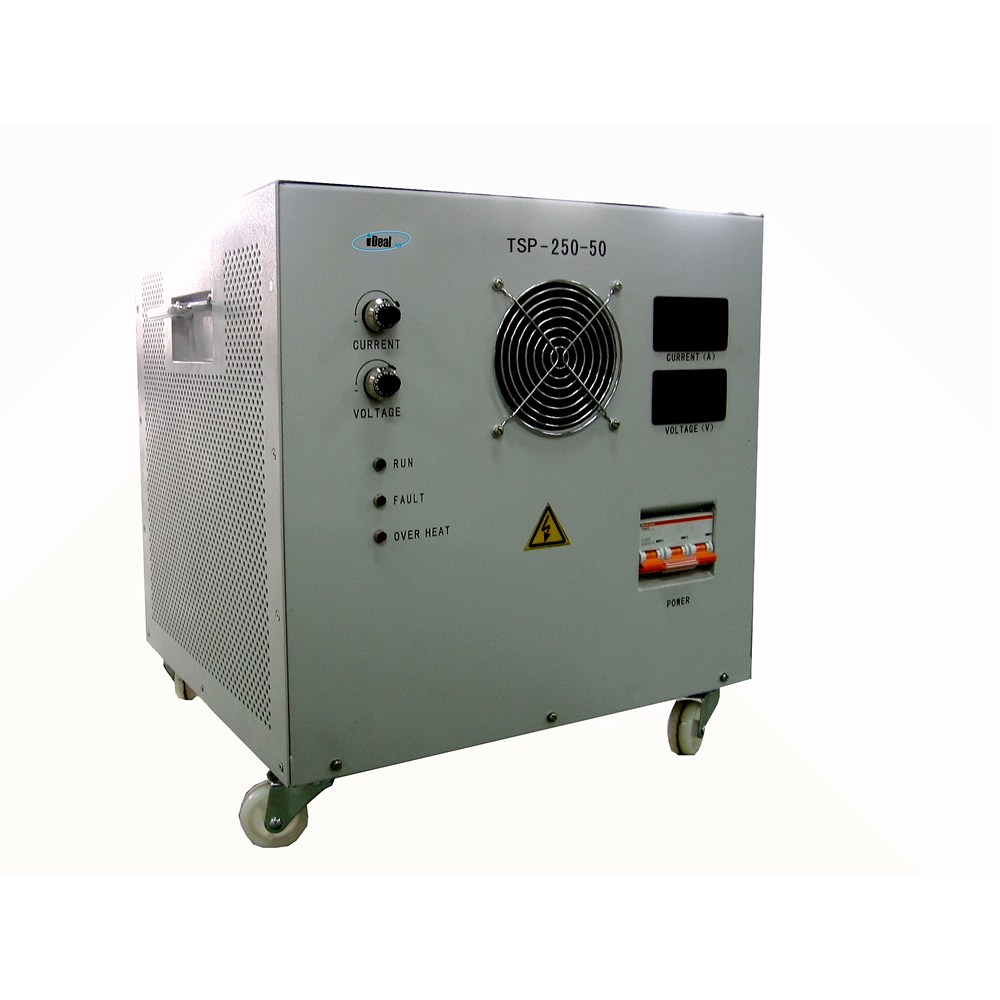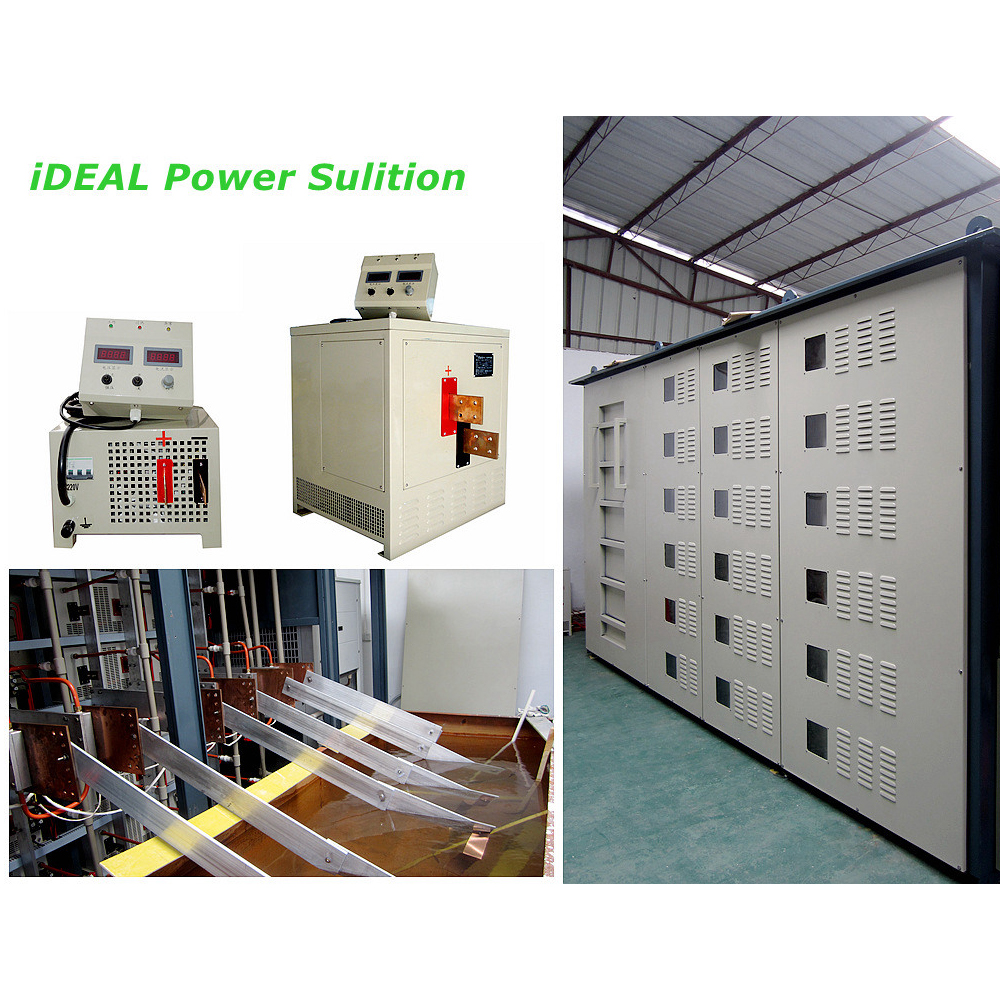Industrial power supplies are power products specially designed and produced for a certain industrial production industry. For industrial power supplies, absolute balance of electronics characteristics is not the main focus. Different industrial applications focus on different specific electronics index, some focus on the stability of the power supply output voltage or current, but the ripple is not the key judging criteria; some industrial applications have customized requirements for power supplies, such as adding time control, adding pulse functions, adding multiple outputs, etc. At the same time, it is necessary to consider the cost requirements of large-scale purchases of industrial applications, so for industrial power supplies, Application adaptability, Long-term operating Reliability and Reasonable cost control are the main points of attention for industrial power supplies.


1. Capacitor testing industry: The main products are capacitor leakage current ripple test power supplies used for capacitor life and quality testing. It is an industrial power supply product mainly adopted by capacitor manufacturers` for products quality control or capacitor use manufacturers` for sourcing capacitor inspections with current endurance life test, according to the variety of output voltage and frequency required for different capacitance tests, the DC output voltage of this power supply is up to 3000V, the AC voltage output is up to 400V, the AC current is up to 400A, and the output frequency can be 50Hz-100KHz according to customer requirements.
2. Capacitor aging industry: The main products are our first-generation high-power DC power supply products, based on the development of IGBT-based hard-switching technology, with high output accuracy, low ripple, high efficiency, fast response speed and good cost advantages, the power supplies are featured with constant voltage, constant current working mode automatic switching function, overvoltage protection circuit, overheat protection circuit, short circuit protection function. For the convenience of industry users, this power supply can also add customized functions, such as: automatic shutdown for load discharge function, overvoltage, overcurrent protection value preset and view function and pulse aging function, etc., to adapt to the use of sophisticated capacitors of capacitor manufacturers.
3. Surface treatment industry: The DC rectifier based on the high frequency switching technology of IGBT switching devices is a product developed by our company for industrial applications such as electroplating, electrolysis, water treatment, and hard oxidation. There is no mandatory requirement for output ripple in this industry application. So, this industrial power products do not put too much LC circuit processing to the input and output ends. It has high requirements for output current stability and long-term operation capability, mostly low-voltage and high-current output, up to 2000KW, with ultra-high DC output of 50000A.
To overcomes the harsh application environment and long-term operating conditions. The industrial power supplies basically adopt water cooling, and the internal components of the power supplies are treated with three preventions, which can realize the effective heat dissipation and effective protection of internal devices of the power supply.
The above-mentioned industrial power products can accept customized production requirements without minimum order quantity restrictions.
Industrial DC Power Supplies, DC Industrial Power Supplies, Industrial Test Power Supplies, Industrial AC DC Power Supplies, AC DC Industrial Power Supplies
Yangzhou IdealTek Electronics Co., Ltd. , https://www.idealtekpower.com